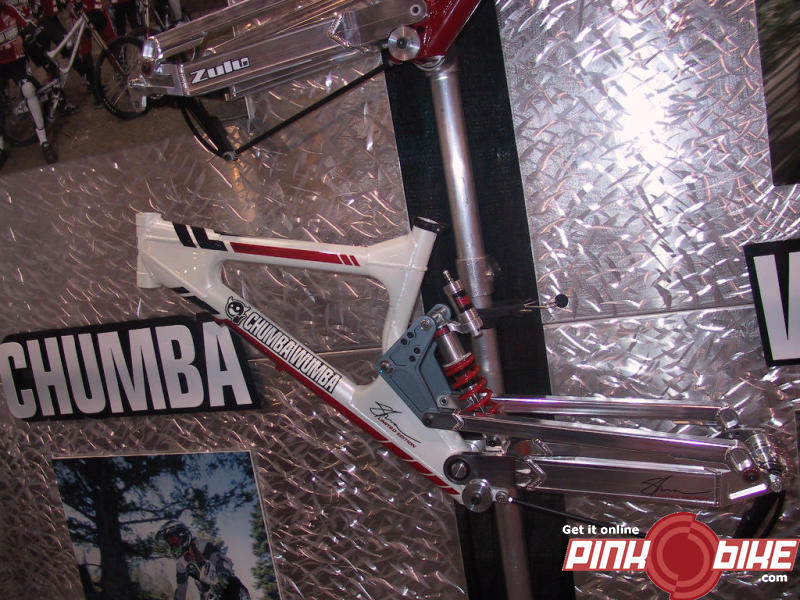Any photos of dh bikes that compress from top at the rocker and lower linkage. I think the Tomac, Lawill, Bradbury bike did this, any feedback on this bike greatly appreciated. Looks like c-dale has something like this as well?
Thru in a photo of one I rigged up. Worked pretty sweet but had to lay her to rest, looks kinda like the opposite of what Treks rig has going on certainly not as pretty.
Thru in a photo of one I rigged up. Worked pretty sweet but had to lay her to rest, looks kinda like the opposite of what Treks rig has going on certainly not as pretty.










 Cant belive some of the crap that these corprate idiots put out for the sake of $. There is definetly something special with DC floating shock rigs thats worth exploring. The one I monster garaged with concentric bb pivot was exceptionally smooth thru rock gardens, but the rear wheel path was not ideal. The fusion with a split pivot rear dropout would be cool, but that mondraker with dual linkage floater seem to be on to something, very clean bike.
Cant belive some of the crap that these corprate idiots put out for the sake of $. There is definetly something special with DC floating shock rigs thats worth exploring. The one I monster garaged with concentric bb pivot was exceptionally smooth thru rock gardens, but the rear wheel path was not ideal. The fusion with a split pivot rear dropout would be cool, but that mondraker with dual linkage floater seem to be on to something, very clean bike.